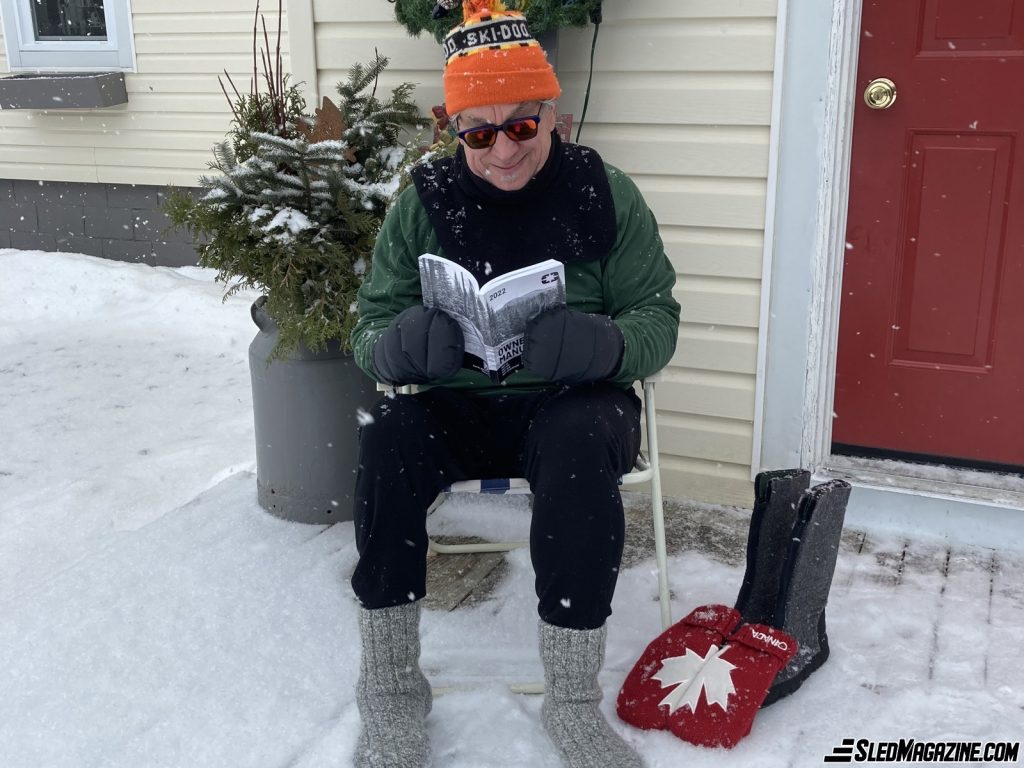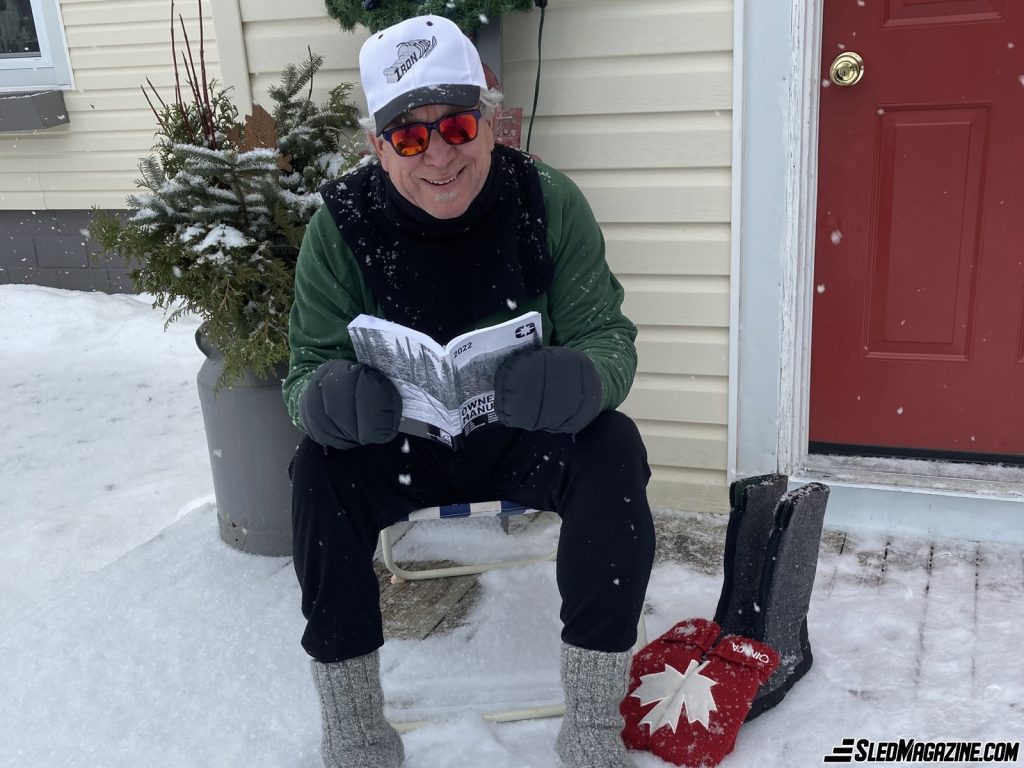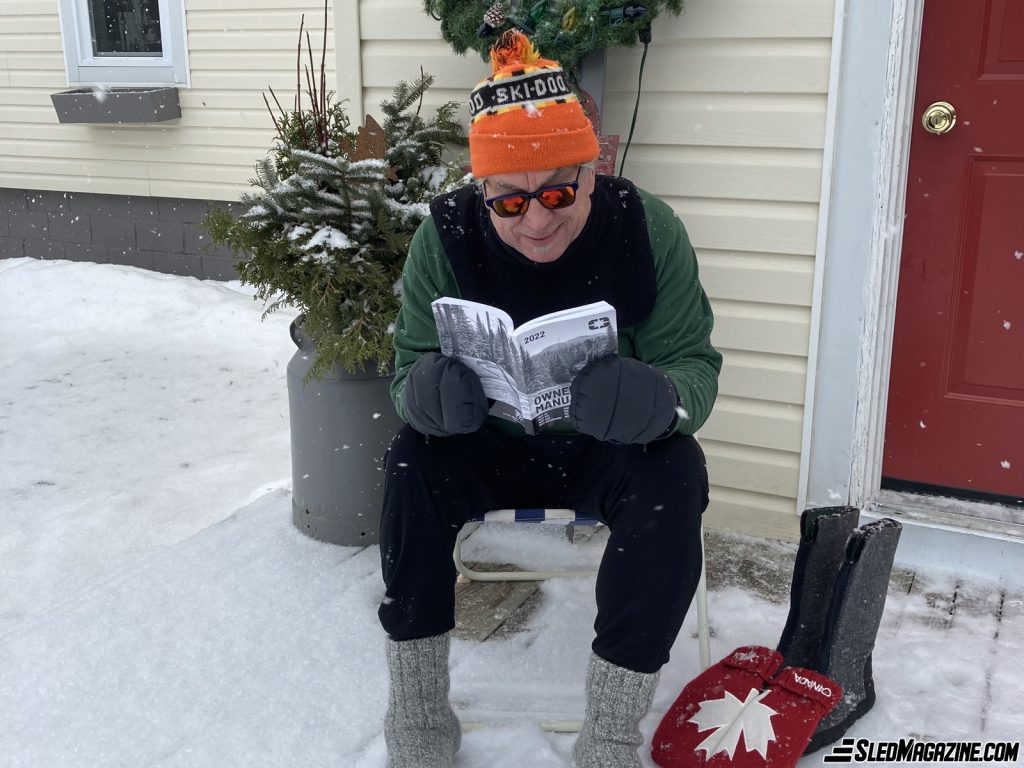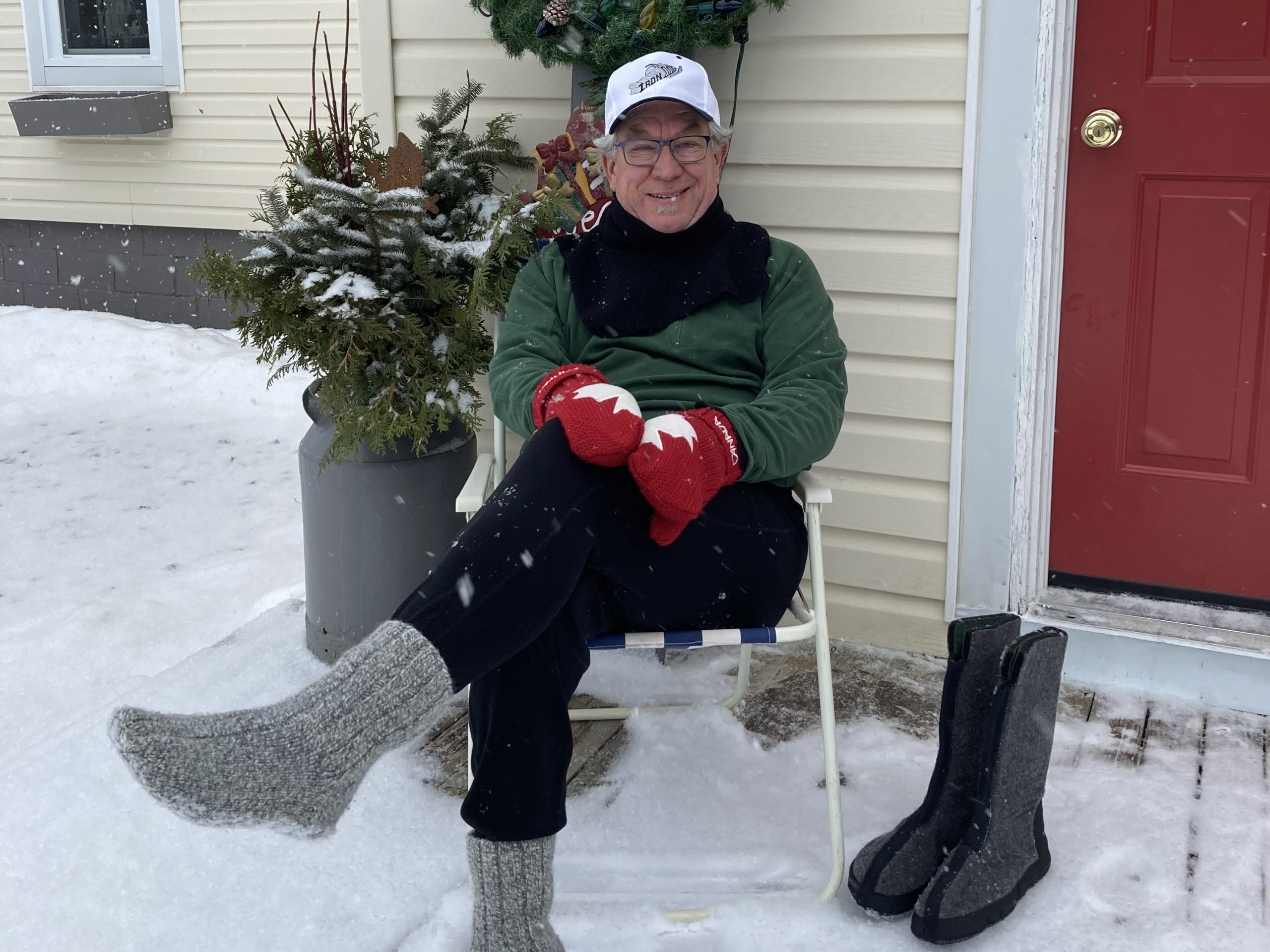Table of contents
ToggleIf you are new to snowmobiling or helping someone interested in it, you should help them focus on the gear they choose to wear more than the first snowmobile they choose to buy.
Experienced snowmobilers tend to focus on the snowmobile itself. What is the engine size, a two-stroke or a four-stroke, model, features, and colour? So do the dealers and manufacturers. New riders would be better served if we helped them understand the importance of choosing the correct riding gear.

Hands & Feet – Both are Important
Hard to choose which is most important but your feet and hands have to stay dry and warm, all day. Ensure the sizing for your feet and hands leave a little space around them for warmth; a little larger rather than too tight. The brand of the boot is not as important as the liner, especially if you sweat. The liner should be a wool mix and removable so it can be dried easily. Say no to cotton socks. Look for materials and a blend that wicks moisture away. If you sweat you need to get rid of the moisture.
Gloves look cool but also can be too cold for many riders’ fingers. Choose a mitt/mitten that keeps all your fingers together. This captures the warmth. Gloves can be excellent but wait to invest in them until you begin to ride regularly. How big is your windshield? How warm (or cold) are your sled’s hand warmers? Do you have hand-guards and at what temperature and speed will you be riding?
You have to See the Trail
Vision is the next critical decision – it may be the most critical. Must you wear glasses when riding? No matter, you have to be able to see the trail. Too often new riders are loaned the “used” helmet with an insufficient “used” visor. This kind of offer is usually a huge mistake.
Choose the very best helmet you can afford that does not fog up or ice up. New snowmobile helmets introduced in the past 3-5 years do an excellent job of taking our breath away from helmet visors in all winter weather. A properly chosen helmet allows you to see the trail in front of you, regardless of the weather or temperature.

If my Neck is not warm, nothing is Warm
Even as an experienced rider, I will be cold if I do not wear a neck warmer properly. My multiple neck warmers are also known as balaclavas.
Choosing the right one with your helmet and wearing it faithfully will always keep the cold air away from your neck and your back. There are thin and thick ones. Choosing one that fits with your helmet is important. Last, carrying a toque is essential for your warmth when you stop trailside and remove your helmet. On warmer days and you can wear your favourite trucker cap.
Stay away from Cotton Layers
The rest of your body deserves layers – warm layers. This gear does not get the attention it deserves but layers are more important than your final snowmobile suit.
These layers are not your favourite jeans and T-shirt. They should be made from polypropylene, merino wool or some modern polyesters. Like socks, say no to all cotton. Cotton traps moisture if you get wet or sweat. Fleece garments that many of us already become your mid-layer. The fleece can easily carry as an insurance layer to add – if you become cold – or remove if too warm.

Bold colours will not keep you Warm
Snowmobile jackets, pants and the reinvention of mono suits get all the attention. We get attracted to them by their bold graphics, colours, materials and ultimately the marketing. However, while all clothing brands offer excellent features to match your sled, your type of riding and your ego, an older snow suit is generally very adequate, if the first objective is keeping warm and dry.
Great gear will equal a great experience. Then you can enjoy the excitement of the ride. And then you – we can match their new suit colours to their next snowmobile’s colours.


